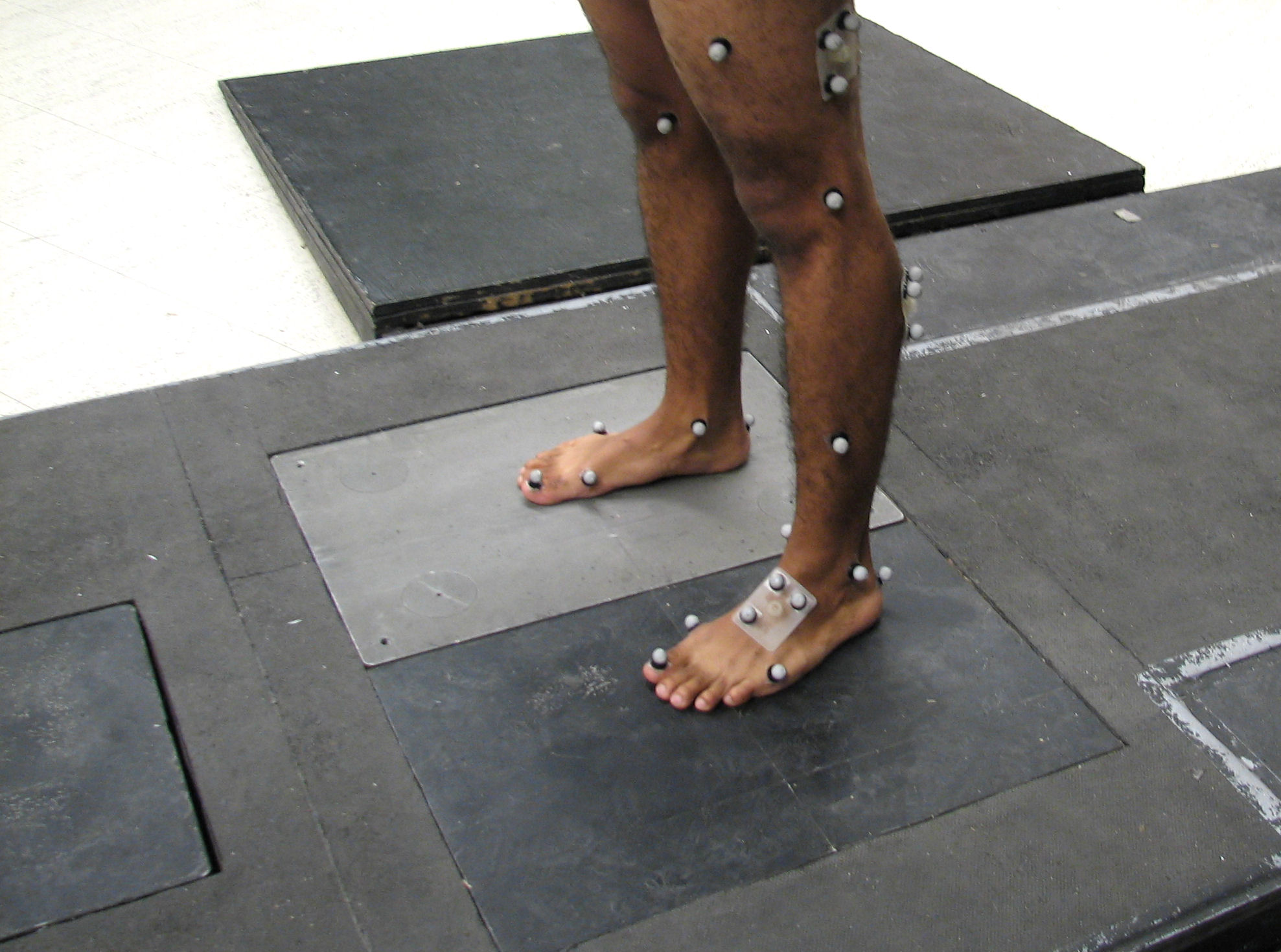Between Kinesiophobia and Walking Gait Characteristics in Physically Active
Individuals with Anterior Cruciate Ligament Reconstruction
BA, Franz JR, Losina E, & Pietrosimone B.
Gait and Posture. Published
online June 15, 2018 64: 220-225. DOI: 10.1016/j.gaitpost.2018.06.029
unrelated to gait characteristics during a walk among physically active
individuals with an anterior cruciate ligament reconstruction.
Anterior cruciate ligament (ACL)
reconstruction involves a challenging and difficult rehabilitation process,
which is relatively successful in returning patients to physical activity.
Unfortunately, too often patients fail to return to pre-injury levels of activity,
pain, and gait mechanics. Most patients
experience some sort of fear of reinjury/movement or gait avoidance patterns
after an ACL injury. A persons’ fear of reinjury/movement may contribute to
gait changes; however, this is untested. Hence, these researchers explored if
fear of re-injury/movement related to gait characteristics among physically
active individuals after an ACL reconstruction. They investigated 30 participants between the ages of 18 to 35 years who
had an autograft ACL reconstruction at least 6 months prior to the study. Participants completed the Tampa Scale of Kinesiophobia scale and then completed a 60 second walk at their
self-selected comfort speed to investigate a variety of gait biomechanical
variables including walking speed, ground reaction force, rate of loading, and
limb symmetries. The authors found no significant
associations between fear of re-injury/movement and any of the gait variables. They also found that overall the participants
often failed to return to pre-injury activity levels based on self-reported
Tegner activity levels.
that fear of re-injury/movement is unrelated to how a participant walks after an
ACL reconstruction. It would be
interesting to see if these findings continued to be true as individuals
started to jog, run, or do other sport-specific tasks. The researchers noted that the average age of
their population was 20 and that the average time since ACL reconstruction was
4 years. It may be interesting to see
how kinesiophobia scores change over time or differ across age groups after a reconstruction
to see if there is any effect on gait mechanics over time. It was interesting to see that the findings
of this research supported previous studies about many patients with an ACL
reconstruction failing to return to pre-injury activity levels. It would have been interesting to see how
this group’s activity levels compared to age-matched healthy controls to explore
if it was the ACL reconstruction or the natural change of activity levels with
age that was a primary driver for not returning to the same level of activity. Also, the reported limb symmetry indices are
predominantly within the range of clinical norms, but it may also be
interesting to see if kinesiophobia scores related to any of the gait variables
among those who failed to meet clinical norms/cutoffs. Ultimately, kinesiophobia scores don’t relate
to gait variables. So, while
kinesiophobia may warrant clinical attention for a variety of reasons it is
likely that clinicians need to separately focus on interventions that target
gait modifications.
your patients telling you about why they walk differently? Is there anything that you have seen that
contributes to gait changes?
by: NicoleCattano
by: Jeffrey Driban
Posts:


